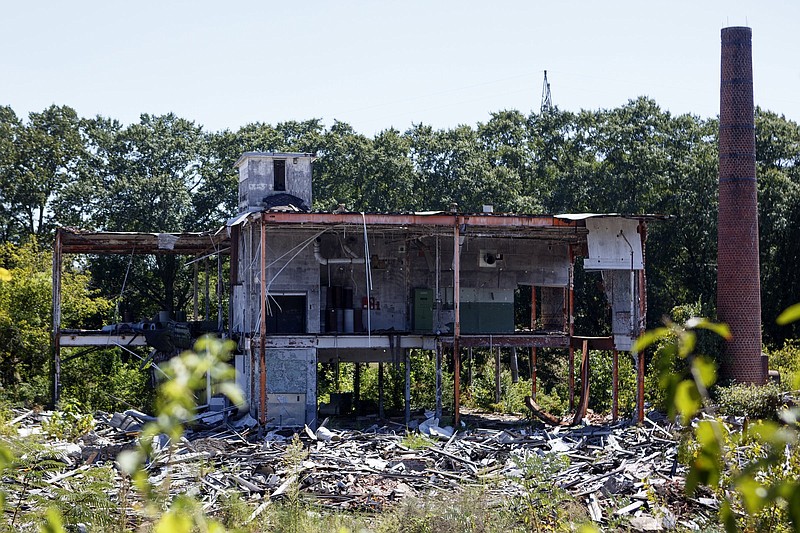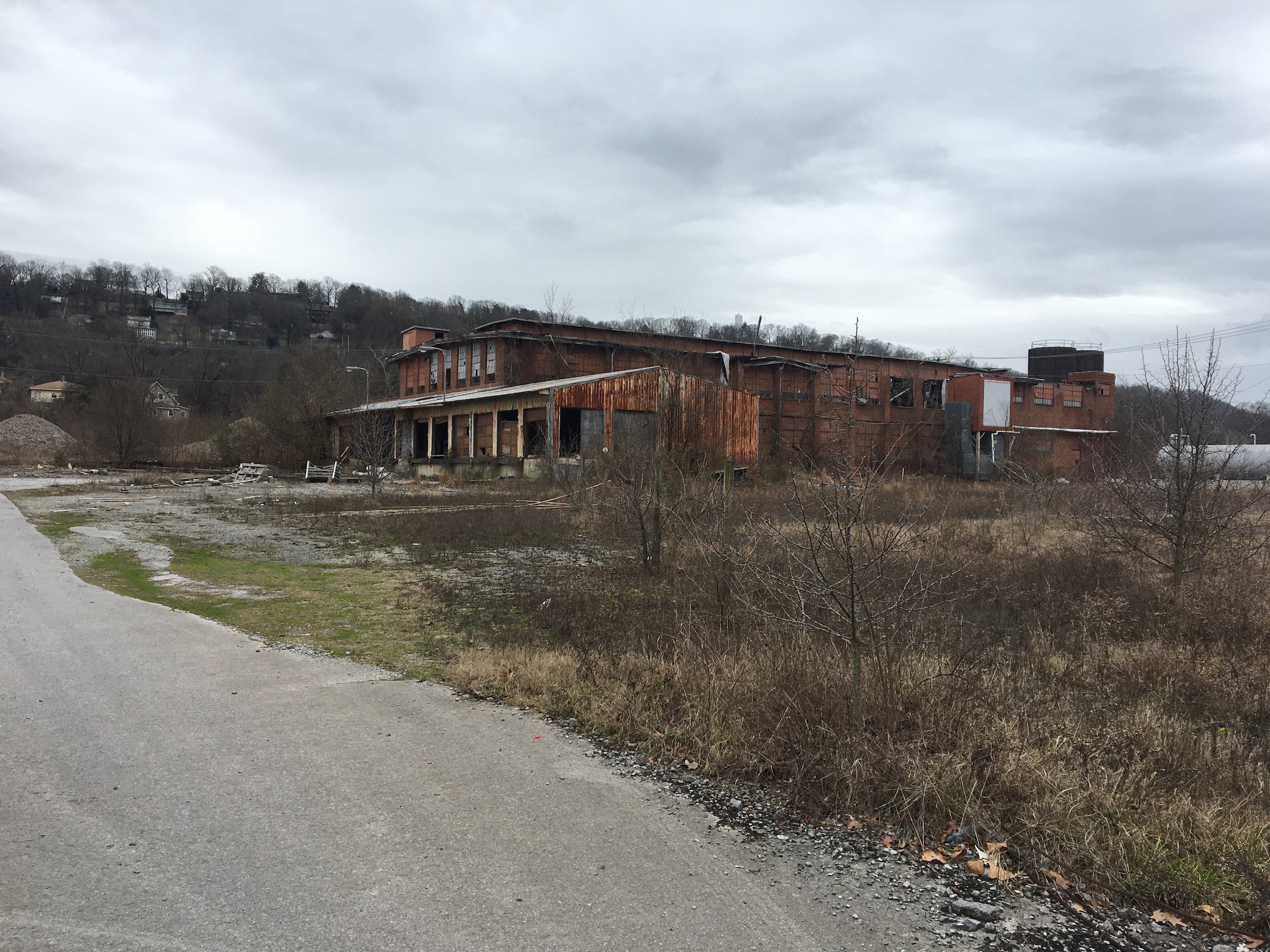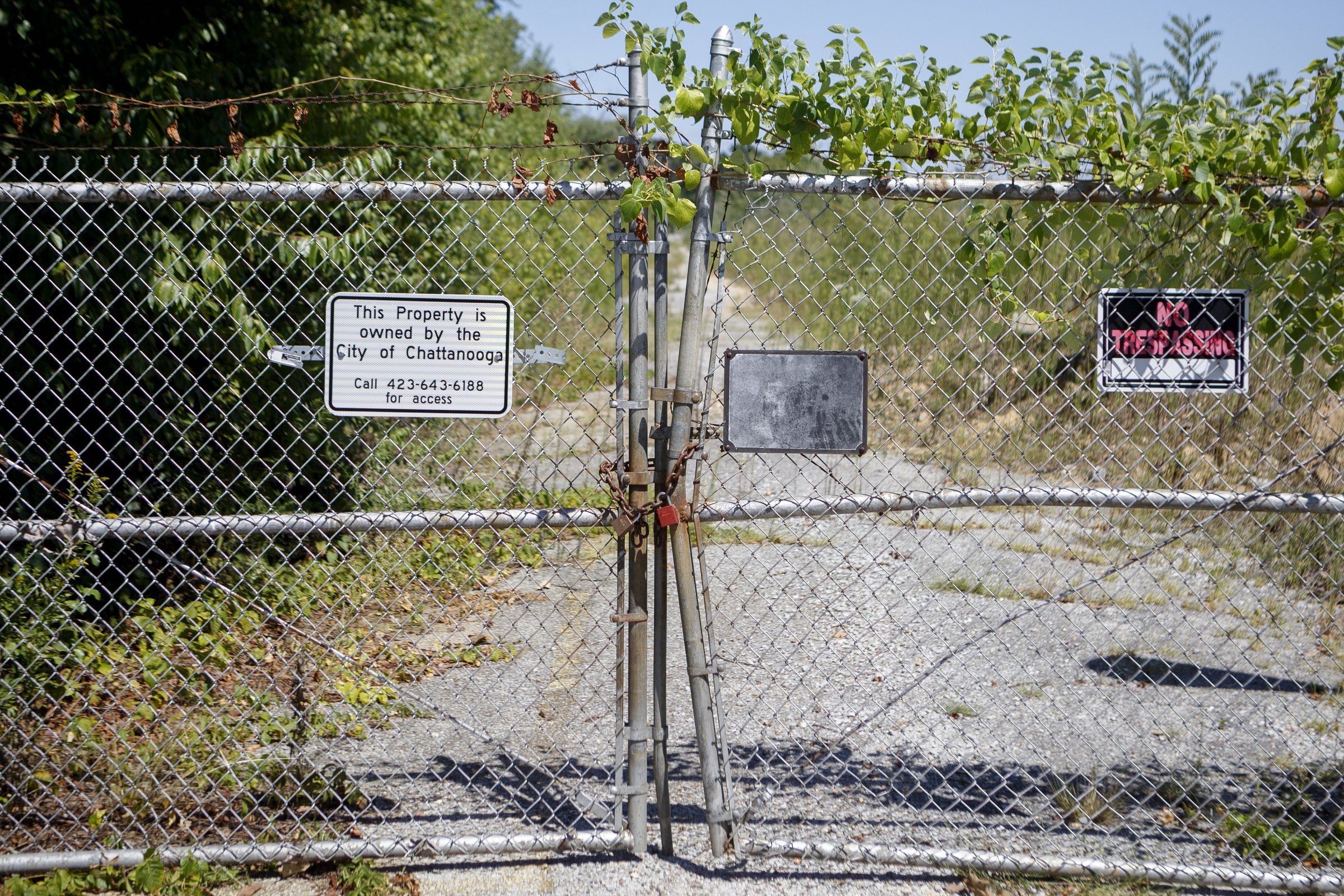More than three years after Mayor Andy Berke and City Councilman Jerry Mitchell initially promised to clean up the partially demolished R.L. Stowe mill in Lupton City, the city is still struggling to find the best way to restore the 12-acre site after finding additional toxic materials last year in the rubble of the century-old buildings.
Last March, the city granted a $1.6 million contract to Wright Brothers Construction to clean up the former textile mill, which was largely demolished in 2014 by its former owners who walked away without cleaning up the contaminated site and ultimately lost the property due to unpaid taxes. But that work has been halted and that cleanup contract terminated after spending $400,000 because work crews discovered additional asbestos and other materials had been dumped in an elevator shaft, inside the basement, and around the lower edge of the elevator shaft.
"In the process of removing the asbestos, we found much more than what we had anticipated and we just have to go back and reassess where we are," Dennis Malone, assistance city engineer, said following a recent meeting with neighbors in the Lupton city and Fairfax neighborhoods. "We're going back to looking at the different options and possibilities under the regulations and what is the best financial way to address the site."
Kim Schofinski, a spokesperson for the Tennessee Department of Environment and Conservation, said the findings of additional asbestos materials "has changed the nature of the cleanup from a technical perspective.
"Specifically, this material precludes consolidation and size reduction of the debris due to concerns over releasing the asbestos into the ambient air," she said.
Although state regulators say the finding of additional toxic materials does not present an imminent public health threat "as long as dust is not being generated and trespassing is not occurring," neighbors to the development say the rubble is an ongoing eyesore that undermines their property values and appeal of the community.
"We're just about beaten down after all these years," said Mark Mullins, president of the Fairfax Heights/Bagwell City Neighborhood Association who led a protest in 2018 about the continued delays in the mill cleanup. "At this point after all the promises that have been made and never kept, it's hard to believe hardly anything coming out of city government."
The Lupton Mill is near the entrance to the proposed 155-acre Riverton development, which developer John "Thunder" Thornton acquired last year. Thortnton is looking at a variety of residential and commercial options for the Lupton City site that could add more than $300 million of new development between the mill site and the Tennessee River.
But such development could be more difficult until the mill site is cleaned up.
Richel Albright, a spokeswoman for Mayor Andy Berke, said TDEC is working to provide recommendations in order to achieve greenfield status for the Lupton Mill, which was originally built by the former Dixie Yarns and later owned by R.L. Stowe Co.
"Once we have these recommendations, Public Works will then create project designs that will then be sent out via a bid to identify a contractor," she said. "At this time it is simply too early to establish a timeline."
Albright said the city has hired environmental engineers and contractors to address the problem over the years, including the hiring last April of S&ME Engineering to conduct the testing that determined the amounts and types of asbestos-containing material on site.
"From this testing, friable asbestos was discovered and the Wright Brothers contract was put on hold," she said. "While we had hoped to finish out the contract, the significant change in the scope of work made it clear it would be best to reassess the project needs."
Contact Dave Flessner at dflessner@timesfreepress.com or at 757-6340.


